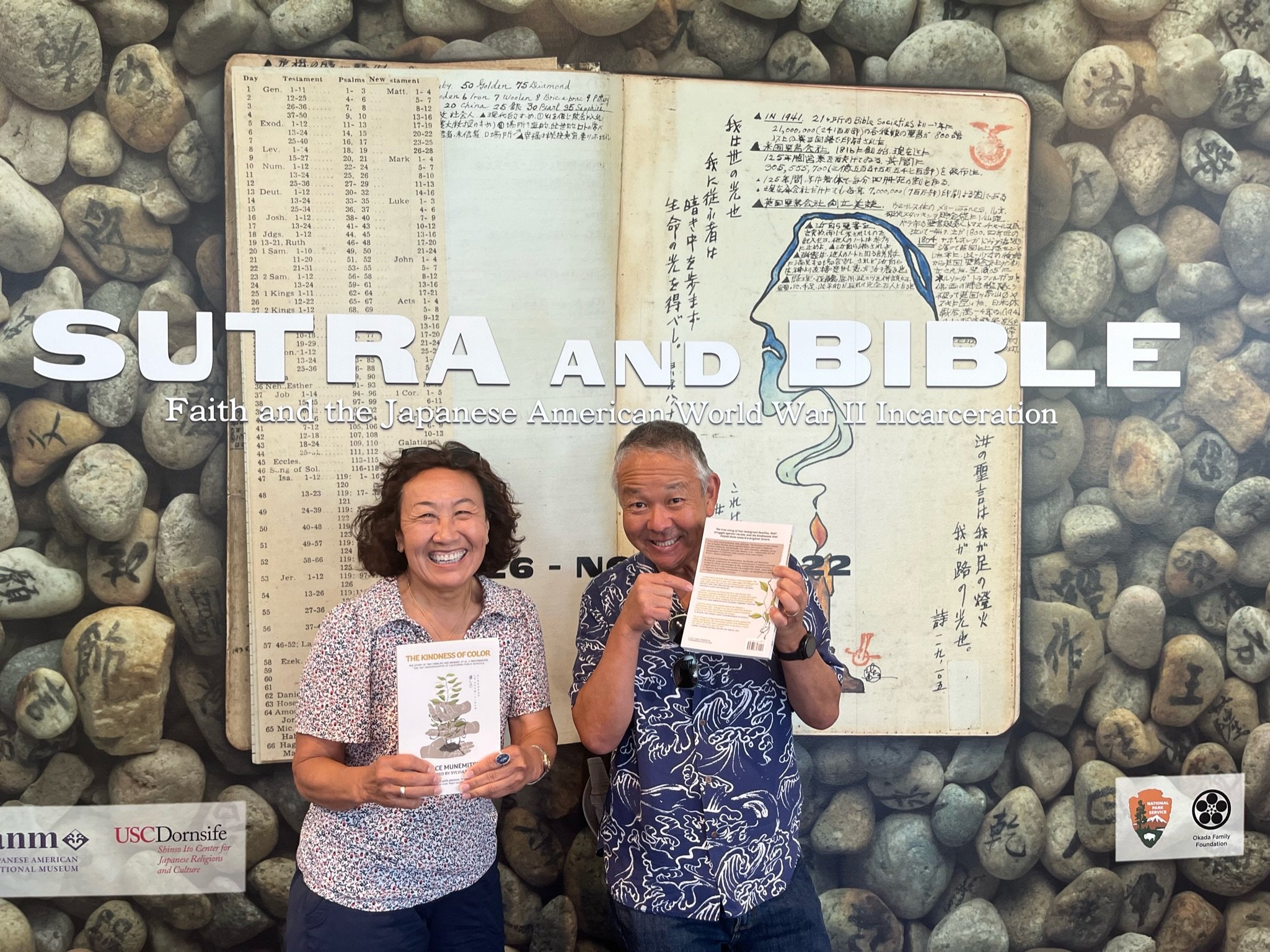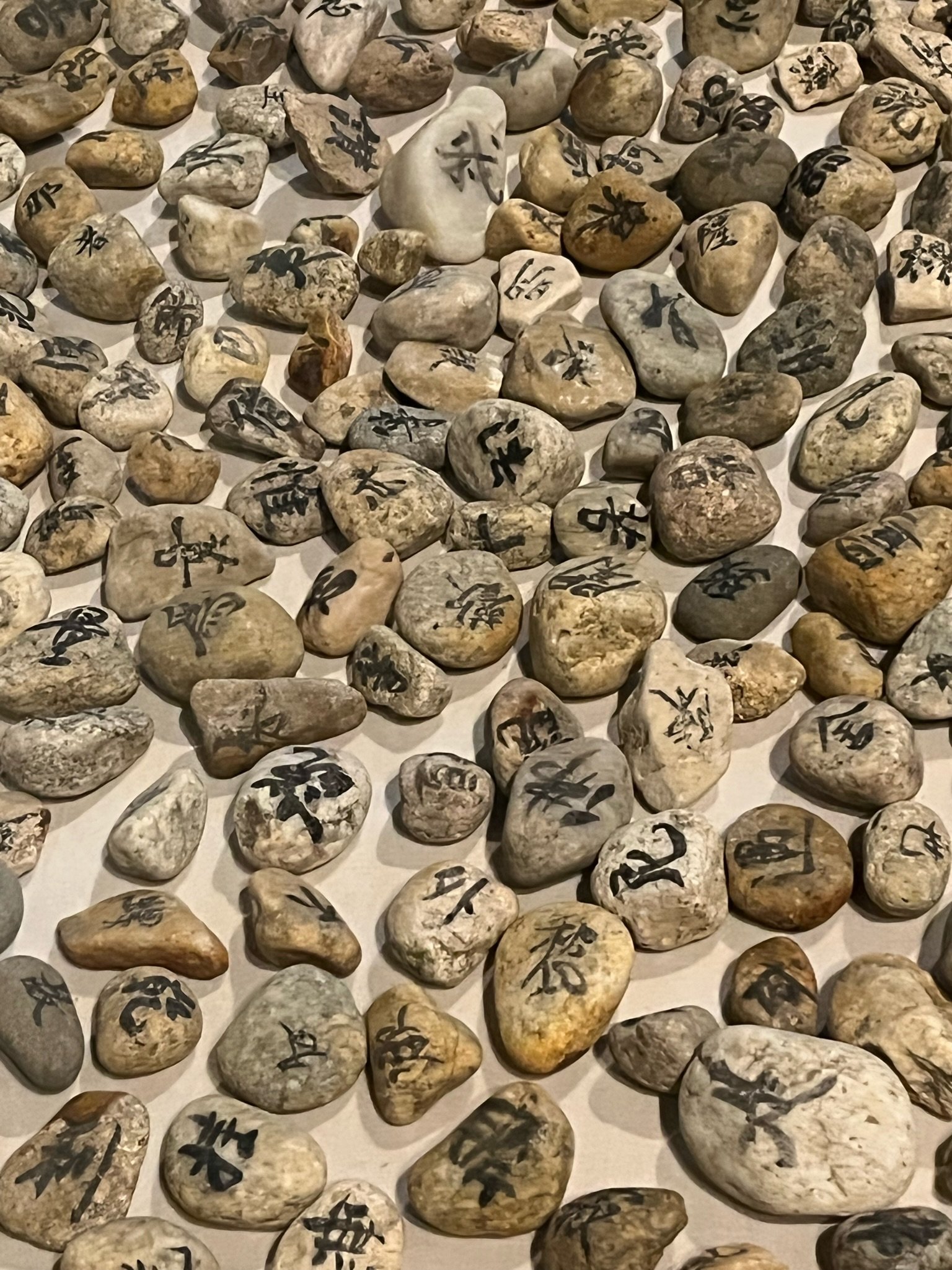A Day In History
Visiting the Japanese American National Museum
There are some museums I just keep going back to - either for their new exhibits or because the permanent exhibit is so meaningful to me. The Japanese American National Museum (JANM) is both to me - and if you haven’t been there, I highly recommend it for an outing this summer.
JANM is “dedicated to promoting greater understanding and appreciation of America’s ethnic and cultural diversity by sharing the richness and range of the Japanese American experience.” First housed in a former Buddhist temple building in Little Tokyo, the modern museum pavilion opened in 1999 with its permanent exhibit, Common Ground: The Heart of Community, which tells the story of Japanese American history from 1800s immigration, WWII incarceration, to contemporary topics of Japanese heritage. In 2010, JANM was awarded the National Medal for Museum and Library Services, America’s highest honor for museums.
I went this time for a tour by friend, Tommy Dyo, who participated in the development of the current exhibit, Sutra and Bible: Faith and the Japanese American WWII Incarceration, A Community’s Spiritual Journey to Survive. This exhibition was co-curated by Duncan Ryuken Williams, USC professor and ordained Buddhist priest and Emily Anderson, project curator of JANM. Not only does this exhibit speak of faith within the Japanese American culture, but it gives a great integrated story of the first immigrants to the US. Many times when I share my book on a webinar or at an in-person event, people ask me, “How did they survive the camps, and come out to begin life again after such an injustice?” or say, “I don’t think I would have the initiative to start all over again. I would be so resentful and angry. What did your family do with their resentment? How did they get over being resentful?” I don’t have a universal answer for that - this kind of trauma has its effect on each person’s soul differently, and every situation is unique to each individual. But I do think this exhibit is important to begin to see how spiritual faith in community can build resilience and perseverance in the most difficult of situations.
Christian Faith in the Japanese American communities began when the first 148 immigrants went to Hawaii as early as 1868 as contract laborers to work in the pineapple plantations. About 50 remained as permanent residents as the first Japanese settlers in the US. Then in 1869, a group of 22 former samurai and their families fled the civil war in Japan, and established the Wakamatsu Tea and Silk Farm Colony in Placerville, CA. This is the first Japanese settlement in North America, and opens the way for future immigrants to make their way to the mainland US. Here’s a snapshot of history:
1877 Japanese Christians were only 1% of the immigrant population at that time, but the first Japanese American association in North America was a Christian fellowship called the Fukuinkai (Gospel Society) in San Francisco.
1885 First Japanese immigrant Christian churches established in Honolulu.
1889 First Buddhist Clergy arrives from Japan to serve Japanese Buddhiss in Hawaii.
1932 A Christian church in Hawaii was renovated to look like Kochi Castle in Japan. Kochi is where my grandfather immigrated from in 1916!
There’s a lot to see but a few really meant a lot to me. The first was an act of kindness and solidarity by a White pastor and a Quaker couple. They gathered the sermons of Japanese American pastors on the Sunday before their forced removal to the camps. They printed copies of a booklet, The Sunday Before, to encourage the unjustly incarcerated to have hope that God has not forgotten them. It's one thing to tell a congregation to be strong when you are safe, but these pastors were themselves unjustly incarcerated and yet their sermons gave strength and resilience to the congregations on the last Sunday of freedom. My maternal aunt kept a copy of The Sunday Before which I have and treasure as I believe it gave my family hope in the midst of the Poston desert. Here’s the link if you want to read The Sunday Before.
One of the most fascinating displays is of hundreds of stones, unearthed at Heart Mountain camp’s cemetery in 1956. In 2001, scholars more closely examined the stones and discovered that the Japanese kanji characters actually match the first six volumes of a Buddhist sutra. These were likely created by the only ordained Buddhist priest at Heart Mountain who was also a calligrapher. The late 7th century practice of copying sutras was considered a significant form of meditation and transformation. As I looked at the stones, it was easy to imagine the prayers for relief and laments of the suffering they represent.
Another artifact that is especially beautiful to me was the Kitaji Bible. This bilingual Bible was completed by Salvation Army Captain Masuo Kitaji in the Poston incarceration camp in 1944, the same camp my family was at. Through its hand bound leather cover and hand-scripted Japanese kanji characters, I try to imagine the dedication and perseverance of Kitaji-san to complete this translation, the depth and conviction of his faith in the Bible because his life depended on it.
I hope this gives you some more insight to where many people drew their strength from in the midst of the unjust incarceration. As I write this, I realize there were so many more artifacts that I didn’t study as well and I plan to go back and study them again before the exhibit closes November 27, 2022. Thanks Tommy for leading us on a great tour and to JANM for this important collection of faith in the midst of adversity!
Click here for more information to visit JANM: www.janm.org








